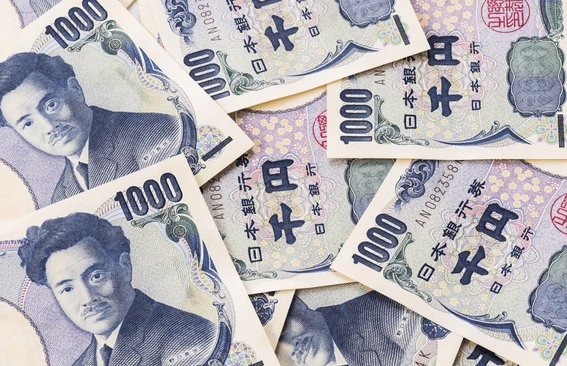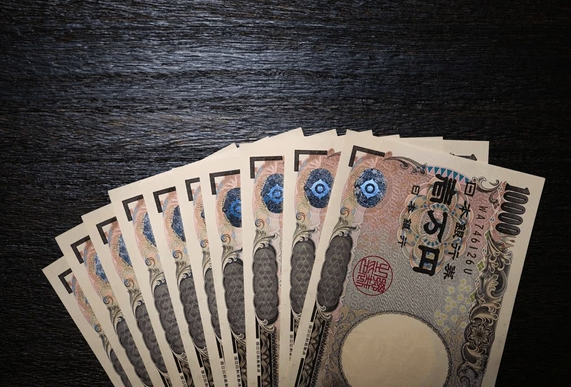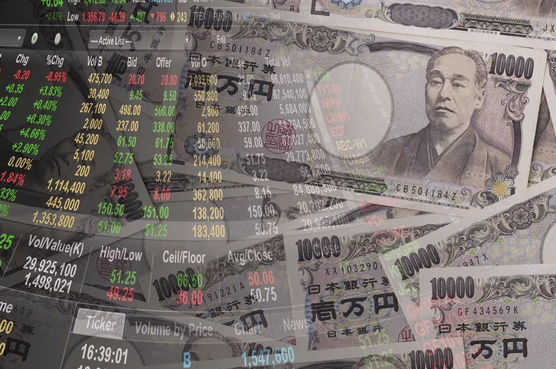What Currency Does Japan Use?
Japan uses the Japanese Yen (JPY) as its official currency. Represented by the symbol ¥ and the ISO code JPY, the Yen is issued by the Bank of Japan (BOJ) and is one of the most traded currencies in the global foreign exchange (forex) market.
The Yen ranks as the third most traded currency in the world, after the US Dollar (USD) and the Euro (EUR). Among traders, it is highly favored for its stability, liquidity, and role as a safe-haven currency during times of global uncertainty.

Historical Background of the Japanese Yen
The Japanese Yen was introduced in 1871 during the Meiji Restoration under the New Currency Act. It replaced the complex Tokugawa-era monetary system with a decimal-based structure:
- 1 yen = 100 sen
- 1 sen = 10 rin
The word “Yen” means “round object” in Japanese, referencing the shape of coins.
Initially, Japan’s currency was tied to silver and later shifted to the gold standard in 1897. After World War II, the Yen was fixed at 360 JPY per USD under the Bretton Woods system before moving to a floating exchange rate system in 1973, where its value is determined by market forces.
Why Is the Japanese Yen So Traded?
The Japanese Yen’s popularity in forex markets stems from several factors:
Safe Haven Status
During times of global economic or geopolitical instability, traders and investors favor the Yen due to Japan’s political stability, low inflation, and consistent trade surplus. This status is comparable to other safe-haven assets like gold or the Swiss Franc (CHF).
Ultra-Low Interest Rates
The Bank of Japan (BOJ) has maintained near-zero or negative interest rates for decades to stimulate economic growth. Even after the 2025 rate increase to 0.5% (its highest in 17 years), Japan’s interest rates remain among the lowest globally, making the Yen attractive for carry trades, borrowing in JPY to invest in higher-yielding currencies.
High Liquidity
The Yen is a part of many major currency pairs, offering tight spreads and deep liquidity, especially in the USD/JPY pair, which is one of the most actively traded pairs worldwide.

Popular Currency Pairs Involving the Japanese Yen
Here are the most commonly traded JPY pairs:
| Currency Pair | Description | Volatility |
| USD/JPY | Most liquid Yen pair; influenced by US-Japan interest rate differentials | Medium–High |
| EUR/JPY | Volatile; sensitive to European Central Bank policy and EU data | High |
| GBP/JPY | Highly volatile, often favored by advanced traders | Very High |
| AUD/JPY | Moves with commodity prices and risk sentiment | Medium |
How to Trade Yen for Beginners
Track Key Economic Drivers
Before trading the Yen, monitor:
- Bank of Japan policy meetings and rate decisions
- US Federal Reserve announcements (for USD/JPY)
- Japanese economic indicators (GDP, CPI, trade balance)
- Global risk sentiment and stock market trends
Start with USD/JPY
The USD/JPY pair is ideal for beginners because of:
- Tight spreads and high liquidity
- Clear market reaction to US economic data
- Strong correlation with US Treasury yields
Choose the Right Strategy
- Range Trading during the Asian session when price movements are often narrower.
- Breakout Strategies during the London–New York session overlap when volatility spikes.
- Carry Trade Approaches for longer-term traders taking advantage of low JPY borrowing costs.

Best Time to Trade USD/JPY
The London–New York overlap (8 AM to 12 PM EST) is the best time to trade USD/JPY due to high liquidity and larger price movements. Key events that drive volatility during this period include:
- US macroeconomic data releases (e.g., Non-Farm Payrolls, inflation reports)
- Interest rate announcements
- Global risk sentiment shifts
For range-bound strategies, the Tokyo session (12 AM to 3 AM EST) is also popular among scalpers seeking smaller, predictable moves.
Conclusion
The Japanese Yen (JPY) is not only Japan’s official currency but also a core currency in global forex trading. Its reputation as a safe-haven asset, combined with deep liquidity and low interest rates, makes it a preferred choice for traders worldwide.
Whether you are a beginner focusing on USD/JPY or an experienced trader diversifying into GBP/JPY or EUR/JPY, understanding the Yen’s behavior is key to profitable strategies.
At Ultima Markets, we continue to monitor Yen movements, especially in light of BOJ monetary policies and US interest rate trends. With USD/JPY maintaining strong volatility, it remains one of the most strategic pairs for traders this year.
Disclaimer: This content is provided for informational purposes only and does not constitute, and should not be construed as, financial, investment, or other professional advice. No statement or opinion contained here in should be considered a recommendation by Ultima Markets or the author regarding any specific investment product, strategy, or transaction. Readers are advised not to rely solely on this material when making investment decisions and should seek independent advice where appropriate.
























